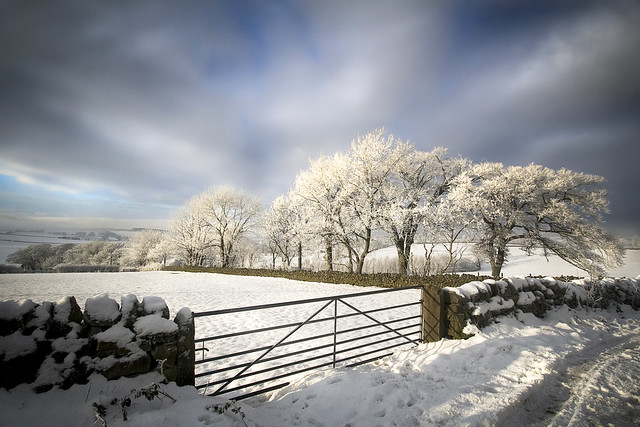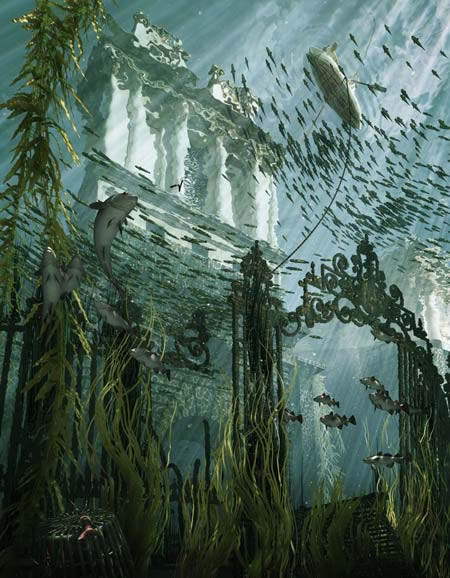
The Met Office has just announced that December 2010 was the coldest December since 1890 based on the Central England Temperature (CET) dataset which started in 1659, the longest such set of figures in the world. The month was also the coldest individual calendar month since February 1986, with temperatures dropping as low as -21.1C in Altnaharra in Sutherland, Scotland. There were 10 nights in December 2010 when the temperature fell below -18C somewhere in the UK. Northern Ireland also saw its lowest ever recorded temperature -18C at Castlederg, County Tyrone on 20th December.
Update from the BBC Met blog: Met Office provisional figures show that December 2010 with a mean CET temperature of -0.7C was the second coldest since records began in 1659, beaten only by December 1890 which had a mean of -0.8C.
2010 was also the coldest year since 1986.
According to the Met Office blog
“Remarkably, at a time when global warming remains a very high profile issue around the world, the 2010 UK CET figure is around the levels recorded from the years 1659 to 1758 – and well below the median figure for the whole series which runs from 1659 to 2009. For the UK at least, the climate in the last few years far from warming, has been very definitely cooling. This could be yet more anecdotal evidence that the prolonged solar minima which started around 2007 continues to influence the UK’s climate.
Above photo of Armathwaite in the Lake District by Rich Fraser on Flickr.










